Is your lawn acting up? Like rapid growth of mosses? Or, the fertilizers are not doing what it is supposed to do? Well, these are some of the signs that your lawn is too acidic and needs a lime treatment.
Lime application often flies under the radar when it comes to soil amendments. However, it can make a huge difference to your lawn in case the soil is too acidic. So, do you want to know how to know if your lawn soil is too acidic? Well, read on to find out.
Soil Acidity and pH
Soil pH is one of the crucial factors when it comes to analyzing soil characteristics. Generally, soil pH falls in the range of 3.5 to 10. On the scale of 0 to 14, where 7 is neutral, most crops, including your lawn grasses, prefer the pH range of 5.8 to 7.2.
When the soil pH falls below 5.5, you must increase the pH by adding basic soil amendments, such as lawn lime.
However, soil pH is often known to vary, most depending upon the season, rainfalls, and fertilizers or amendments added. For instance, in areas with higher rainfall, the pH range is around 5 to 7.
What Is Lime?
The lawn lime you purchase from the market is mined from the ground as limestone and later processed to make pellets or powder, such that the application becomes easier. Lime contains calcium and magnesium, which are essential for the proper growth of your lawn grass.
Lime is primarily used for maintaining soil pH by making it less acidic. Though lime contains some compounds critical for lawn grass to grow and foster, it shouldn’t be used as a substitute for soil fertilizers.
What Happens When You Apply Lime to Your Lawn?
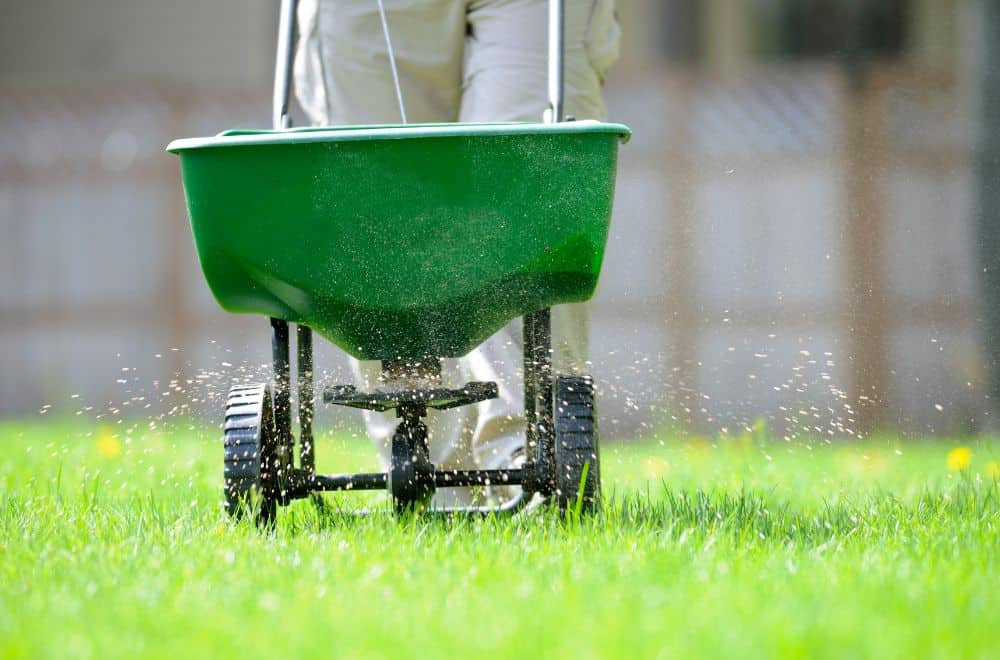
Lime being basic in nature, simply balances the acidity of your lawn. In simple words, it increases the pH of your lawn soil and thus, creates a suitable environment for your lawn grasses to grow and foster.
There are various types of limes available in the market, and each is of different strength. So, which type do you choose? Let’s discuss a few of them, shall we?
1. Hydrated Lime
Hydrated lime is a strong base and, thus, can increase your lawn soil pH quickly. So, only use hydrated lime on your lawn if your pH test results show that your lawn is extremely acidic.
2. Pulverized Lime
Pulverized lime is simply powdered lime. It can be quite dusty and challenging to apply accurately. So, it is best spread with hands, of course, with proper safety precautions.
3. Pelletized Lime
Unlike powdered lime, lime pellets are incredibly easy to use. You can simply spread the pellets, without having to worry about the powdered dust spreading or applying inaccurately.
How to Tell If Your Lawn Needs Lime?
1. Yellowing of Turfgrass
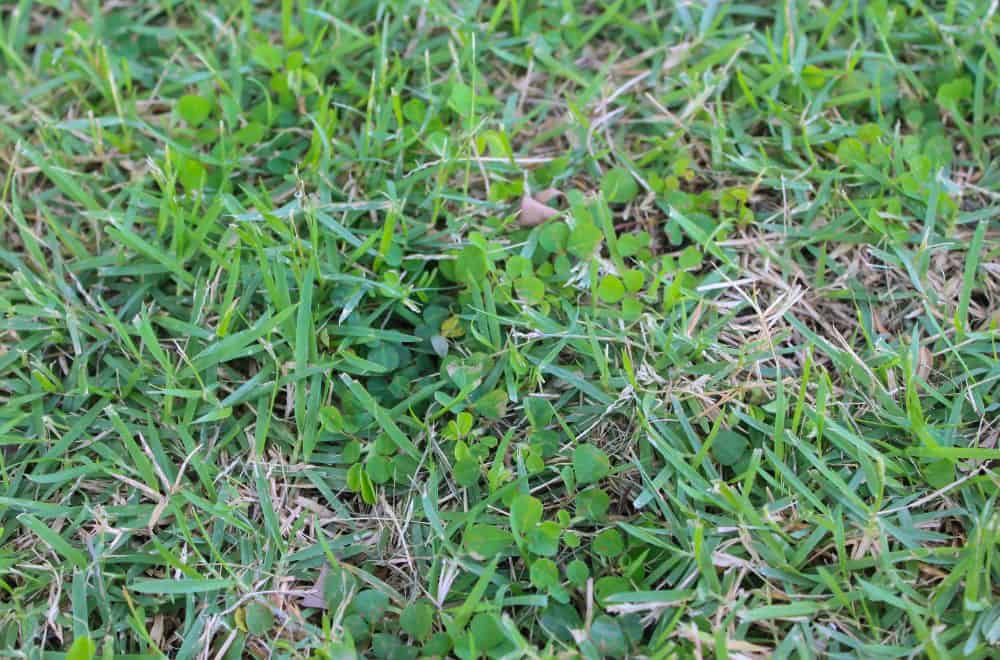
Yellow turfgrass is a significant sign of an acidic lawn that you as a lawn owner shouldn’t ignore. First of all, you should know the reason why your turfgrass is turning yellow. When the soil in your lawn is overly acidic, it causes your turfgrass to turn yellow.
Appropriate addition of lime on such lawn soils helps to balance the pH of the soil such that the grasses grow properly. Similarly, lime treatment is also given to lawn soil if the grasses are having difficulty recovering from a heatwave or drought.
2. Unresponsive Lawn Fertilizer
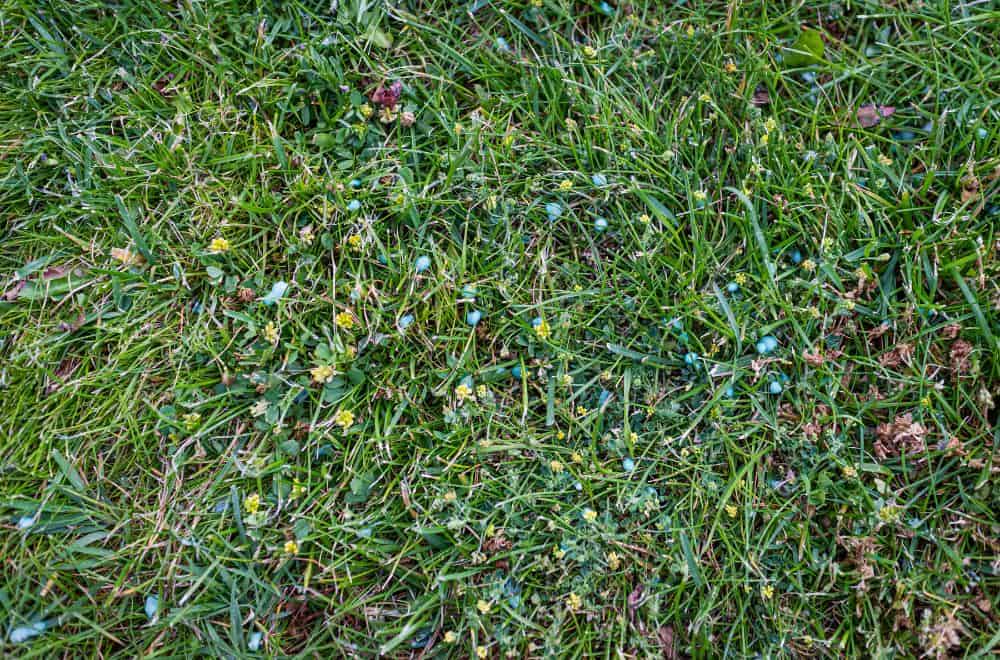
In order to maintain your lawn healthy, you’ll need to add fertilizers time and again. However, you should be careful enough to apply it only in the required quantity.
Sometimes, you might end up adding more fertilizers than required to get a quick impact on your lawn. In such cases, instead of improving the grass, it’ll show negative impacts on your lawn soil.
If you apply the fertilizers more than required, especially the ones which contain high concentrations of nitrogen, it can make your soil acidic, and it’ll be difficult for the grasses to absorb necessary nutrients.
At such times, you must add lime to your lawn to balance the acidic nature of the soil. Moreover, acidic lawn soil is notorious for being unresponsive to fertilizers.
So, when you notice that the right amount of quality fertilizer isn’t giving the boost to your lawn as it used to, something might be off. Fertilizers cannot properly release their nutrients in your lawn soil if it’s too alkaline or too acidic.
3. Disease and Insects
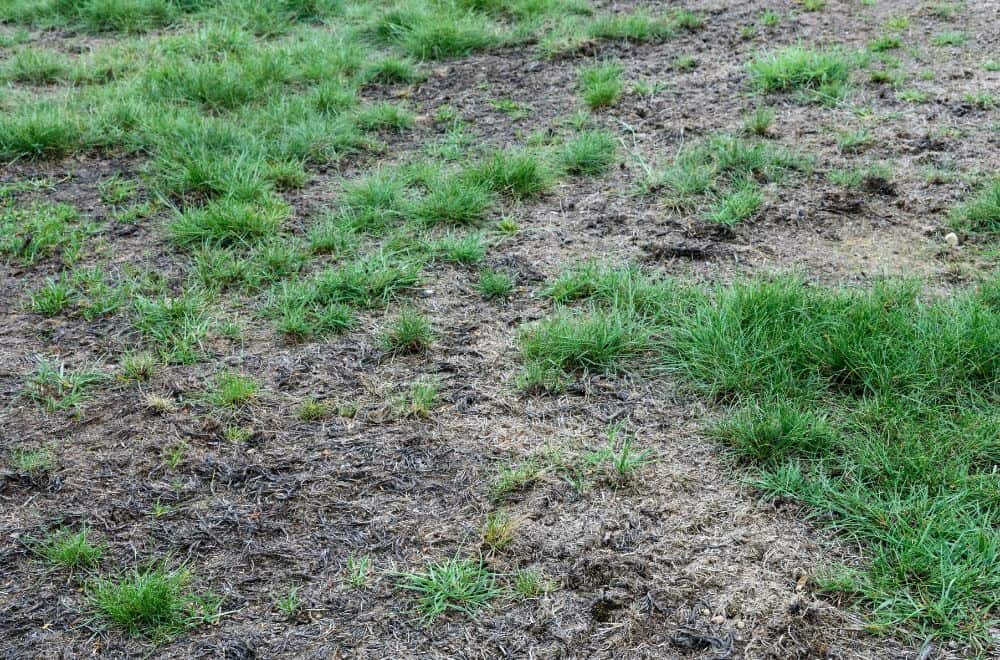
The presence of lawn disease, pests, or insects is always a bad news to any lawn owner who wants to maintain a healthy lawn.
Once any kind of disease infests your acidic lawn, the grasses won’t be able to protect themselves and thus, ends up attracting insects and pests, causing further damage.
You can use lime in such cases, which helps rebalance your lawn soil and keep insects and pests away from the grass.
4. Weeds All Over Your Lawn
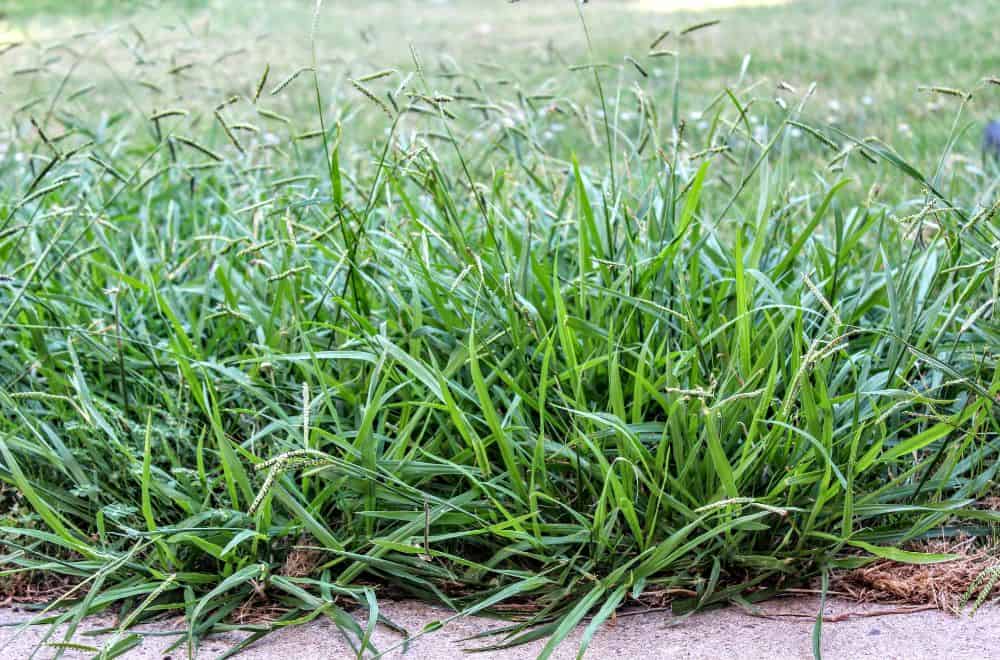
Weeds in a lawn, though normal, are never a good sign. If you notice the growth of excessive weeds in your lawn, you must find out the reasons for the weed outbreak in your lawn.
The presence of some types of weeds that rapidly grow and foster in acidic soil might be an indication that your lawn soil needs lime. You can have a closer look at the types of weeds that have grown in the lawn to know whether or not the addition of lime helps you to get rid of it.
Here are some of the weeds that you can get rid of by adding lime to your lawn: Stinging nettles, Wild Strawberries, Duckweed, and many others.
5. Rising Moss in Your Lawn
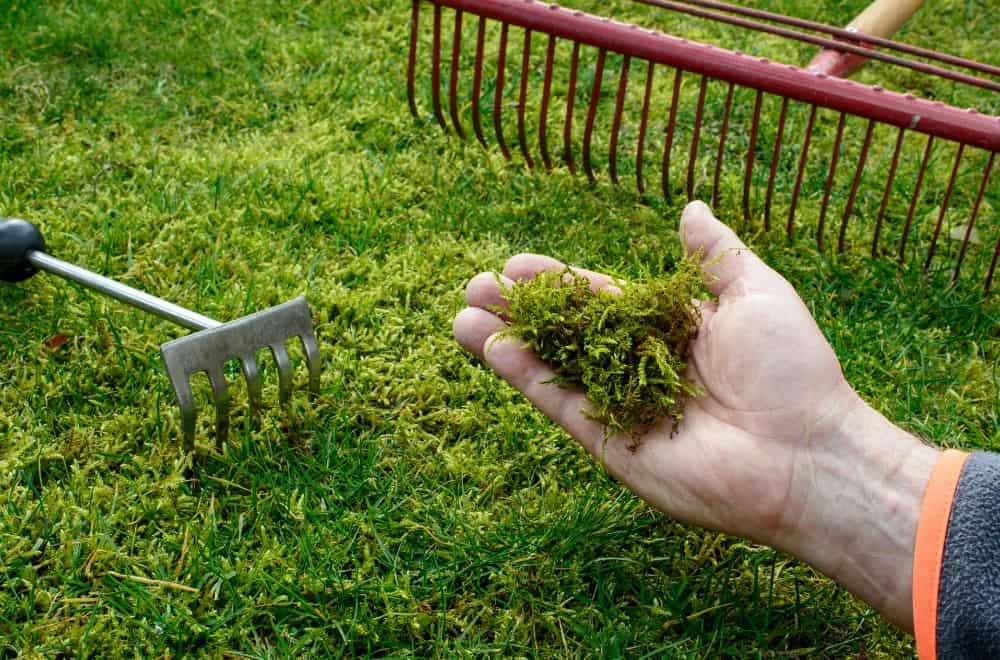
We are all aware that the growth of moss is not a sign of a healthy lawn, aren’t we? When you notice mosses growing in your lawn, you must know that your lawn is not getting the necessary nutrients.
You immediately need to check the nutrients of the soil and add the lagging nutrients to maintain your lawn. Most importantly, know that acidic soil helps the moss to grow faster.
So, if moss is growing rapidly in your lawn, you must know your soil is acidic, and in order to balance the acidity of your lawn soil, you must add lime to your lawn soil.
6. Drought Stress
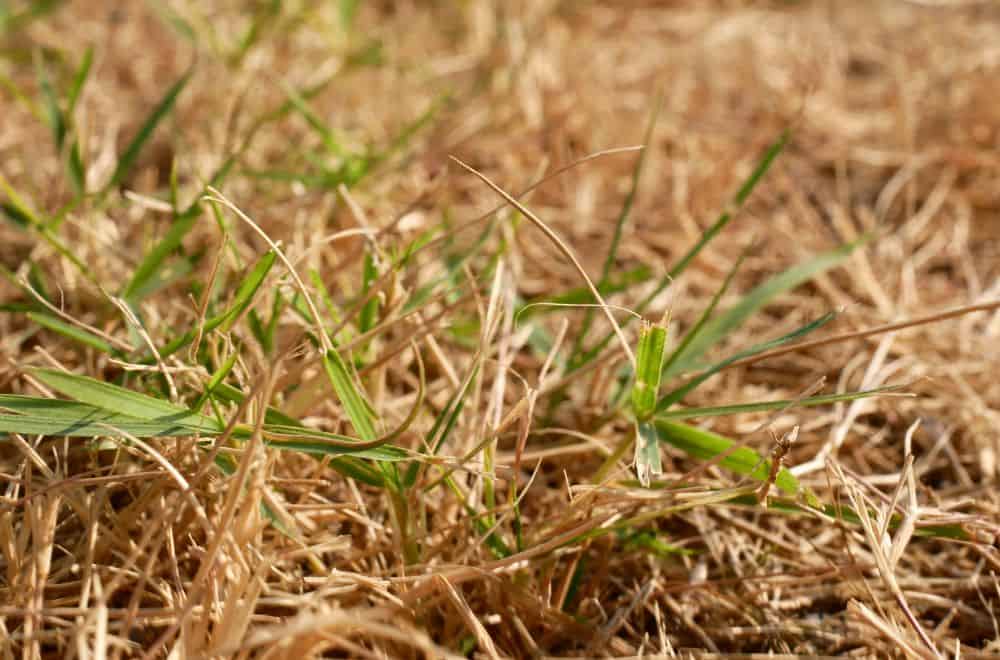
High temperature is not suitable for any type of grass or vegetation. The drought and dry season can damage any type of lawn. Though it is not suitable for any kind of lawn, it affects your lawn to a greater degree if your lawn is acidic.
An acidic lawn cannot sustain in dry and hot climatic conditions. You’ll likely notice the effect of a dry climate, i.e., thinning grasses or finding difficulty recovering from the heat.
If you see such types of signs on your lawn, you should immediately get your soil tested. If the pH is found to be acidic, consider adding lime to your lawn, which will eventually help restore your lawn grass’s vigor and strength.
When is The Best Time to Lime Your Lawn?
So, if you’ve decided that your lawn needs a lime treatment, you should also be aware of when’s the best time to do so in order to get the best results possible. You can apply the lime any time of the year, but it is considered best if it is applied during fall or spring.
During fall, lime can properly break down and go deep down the soil because of the rain, snow, freezing cycle, and thawing. Moreover, gardeners prefer fall as it matches the overseeding seasons.
You should be careful enough not to apply the lime in a too wet or too dry lawn as it has no impact on such types of lawns.
Can You Put Too Much Lime on Your Lawn?
We’ve discussed earlier, the optimal soil pH in which your lawn grass thrives is about 5.8 to 7.2. But if you add too much lawn lime to your lawn soil, the soil will become too alkaline more than required. And, this, of course, will lead to improper growth of your lawn grass, or worse, no growth at all!
Once you get a soil test done, the results, along with the instructions on the labels of the lawn lime packaging, will help you figure out how much lime you must apply on the lawn. Or if you’re not sure what you’re doing, never hesitate to seeks expert help.
Summary
By now, not only you know how to find out the pH of your lawn soil, but you also know how much, when, and which type of lawn lime should you apply, don’t you?
Though the signs mentioned in this post indicate that your lawn soil might be acidic, it will not be as accurate as taking a soil test. So, all one has to do is take a quick soil test and figure out whether or not the lawn needs a lime treatment. Do you think your lawn needs one too?
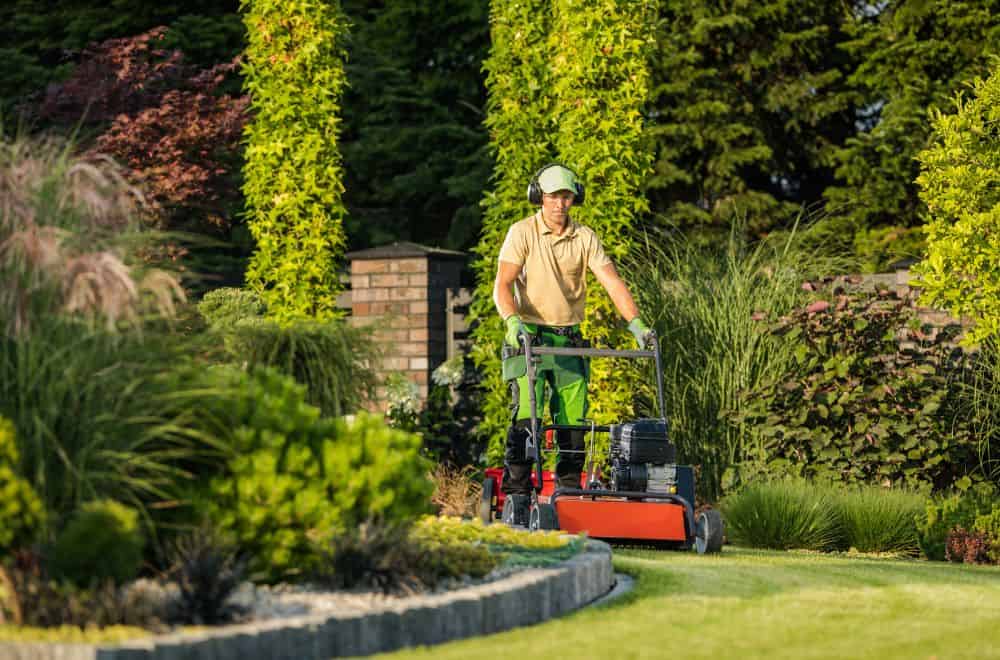
Leave a comment